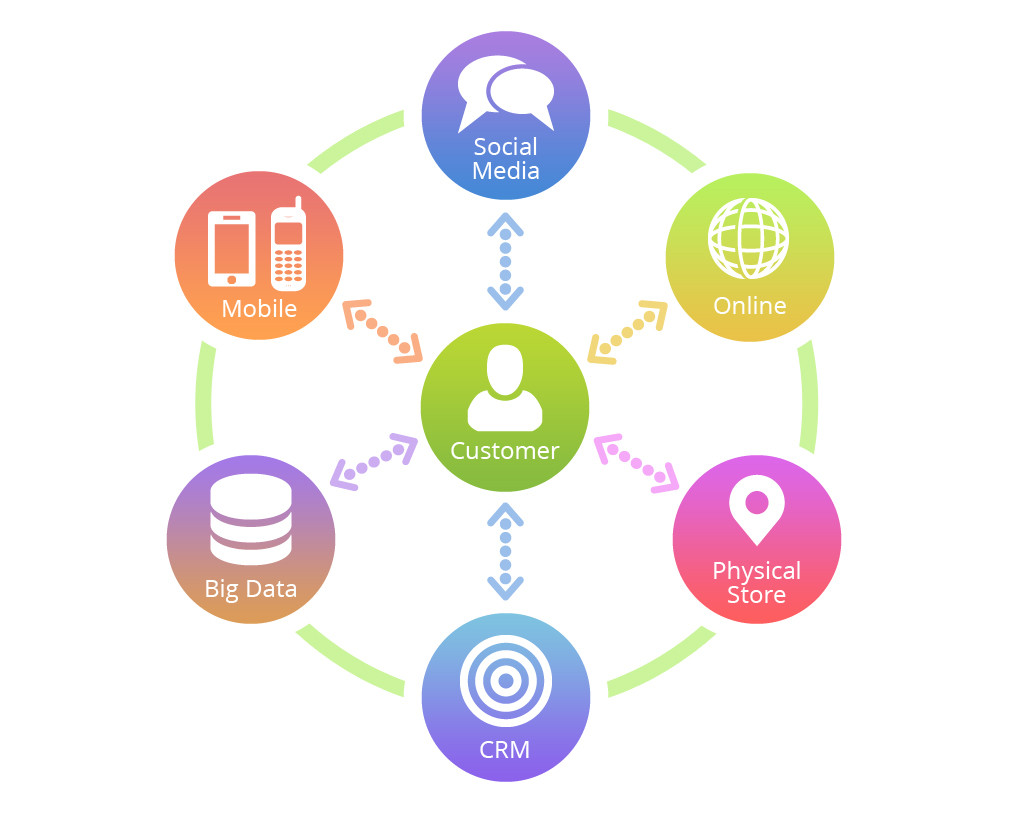When we think about omni-channel marketing, a business-to-consumer model is the first that comes to mind, like a large online retailer. The way consumers engage with brands has changed. We no longer just drink Coca-Cola, but we like its Facebook page, RT its tweets, share photos of the bottle we purchased with our best friend’s name on it on Instagram, and so on. Relationships have become more complex, which increases the likelihood of brand loyalty. Also, who needs advertising when your customers are sharing your brand’s message with the world on your behalf?
However, omni-channel marketing isn’t reserved for just big name brands. Companies that operate a business-to-business model can also get a piece of the omni-channel pie. Here are some steps a company can take to create a B2B omni-channel marketing strategy.
Capture website visitor information.
If you don’t know who is visiting your website and where they are spending their time, then what good is your website? Offer multiple opportunities for anonymous website visitors to provide their contact information by making various free downloads or registrations available to them. Infographics, white papers, webinars, podcasts, etc… Offer a buffet of options and watch, over time, to see which pieces are the most popular and do more of them!
Nurture website visitors into prospects through email marketing.
Once you capture website visitor information, you can nurture those who were once strangers into potential customers. Email marketing is more than batch and blast, it’s a personalized communication that should educate contacts on who you are and what you do, offer opportunities to learn more, and provide details not available on your website. What’s more, it should move prospects through the lifecycle to making a purchase (or two) and becoming a customer.
Offer multiple content formats throughout the lifecycle.
Speaking of the lifecycle, the content that strangers are interested in (blogs and infographics) may not resonate in the same way with more educated prospects, first-time customers, or repeat customers. Be sure you offer as many different content formats as possible throughout the lifecycle so your contacts, no matter their position in the lifecycle, can get the information they need to continue moving forward. This includes white papers, ebooks, eNewsletters, social media, videos, podcasts, webinars, conferences, data sheets, case studies, and well, everything else you can think of!
Don’t stop marketing to your customers.
When customers make a purchase they shouldn’t be moved out of the marketing silo. In fact, you should probably get rid of the “marketing department” as we know it, because the truth is your entire business should be in marketing. From business development to client success and even product development, everyone needs to be a marketer. Once a lead becomes a customer they should still be a part of a nurturing campaign but it should come from their account manager instead of the vice president of sales. Customers should receive special offers, access to special events and promotions, hand written notes from management, and yes, maybe even a cheesecake at Christmas. By continuing to build engagement with customers, they advance in the lifecycle to become advocates, providing the content for future case studies and testimonials that bring you business in the future.
Stop thinking omni-channel won’t work for your business-to-business company. Make these changes today and start moving your contacts through the customer lifecycle. Remember, engagement builds relationships and relationships build revenue.
To learn more about lifecycle marketing, and how to connect with each stage of the customer lifecycle, read our Lifecycle Marketing 101 ebook.

